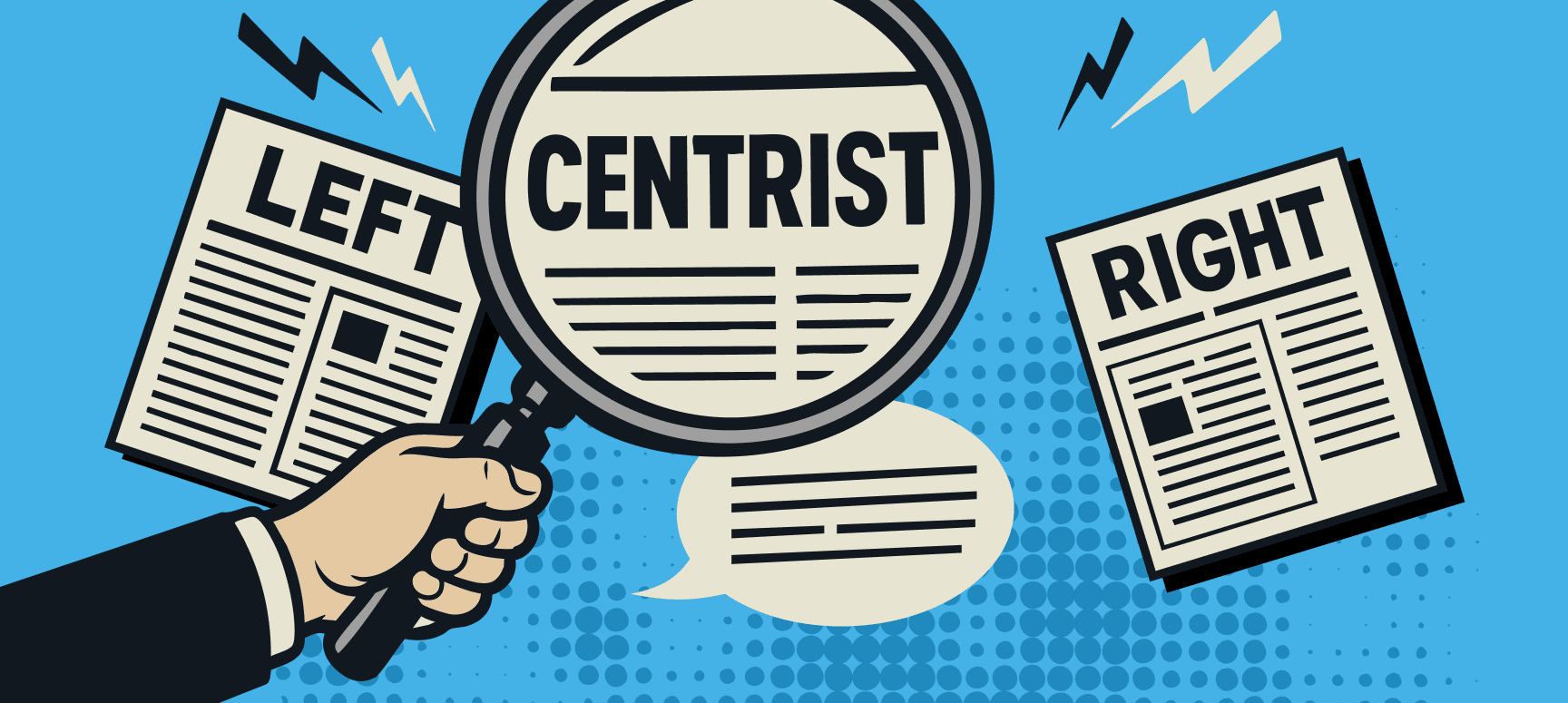Beyond Fact-Checking: Navigating the Era of Weaponized Misinformation
Misinformation isn’t just a background risk, it’s a direct threat to the integrity of your insights and the trust of...
Financial Monitoring for External Risk & Data Integrity: A Data Provider’s Checklist
In February 2024, fraudsters leveraged a deepfake audio clip to impersonate a CFO during a routine Zoom call, deceiving a...
Verifying External Business Risks: A Data Provider Checklist
Accurate intelligence starts with trustworthy data. It is also crucial for managing reputational risks. For companies in the risk intelligence...
Free News Dataset vs News API: Which is Right for You?
In countless ways, data is the fuel that drives business today. There are media monitoring and media intelligence solutions that...
Web Data Extraction Guide: Generate Powerful Insights at Scale
We live in a world with an ever-growing wealth of data, much of it available on the open web. Data...
List of Best News APIs in 2025
Over the years, news APIs have become a key source of data for a variety of intelligence platforms from media...
Enhancing Trust in News Data: New Filter for Government and Local Websites
In today’s fast-moving world, where geopolitical tensions, public health threats, and regulatory changes can emerge suddenlטת early, trustworthy information is...
Fake vs. Trusted News: A More Precise and Flexible Approach to Classifying and Filtering Trust-Based Content
In an era of misinformation, deepfakes, and sensational headlines, not all news is created equal. The digital news landscape today...
Webz News API Unveils Trust Bias Tags: Filter Political Bias in Your News Feed
In an increasingly polarized media landscape, political bias in news coverage is no longer an exception, it’s the norm. Whether...
Media Intelligence in the Misinformation Age: 8 Questions to Ask Your News Data Provider
In March 2024, a single tweet claiming “Target will close stores in red states and relocate only to blue states”...










